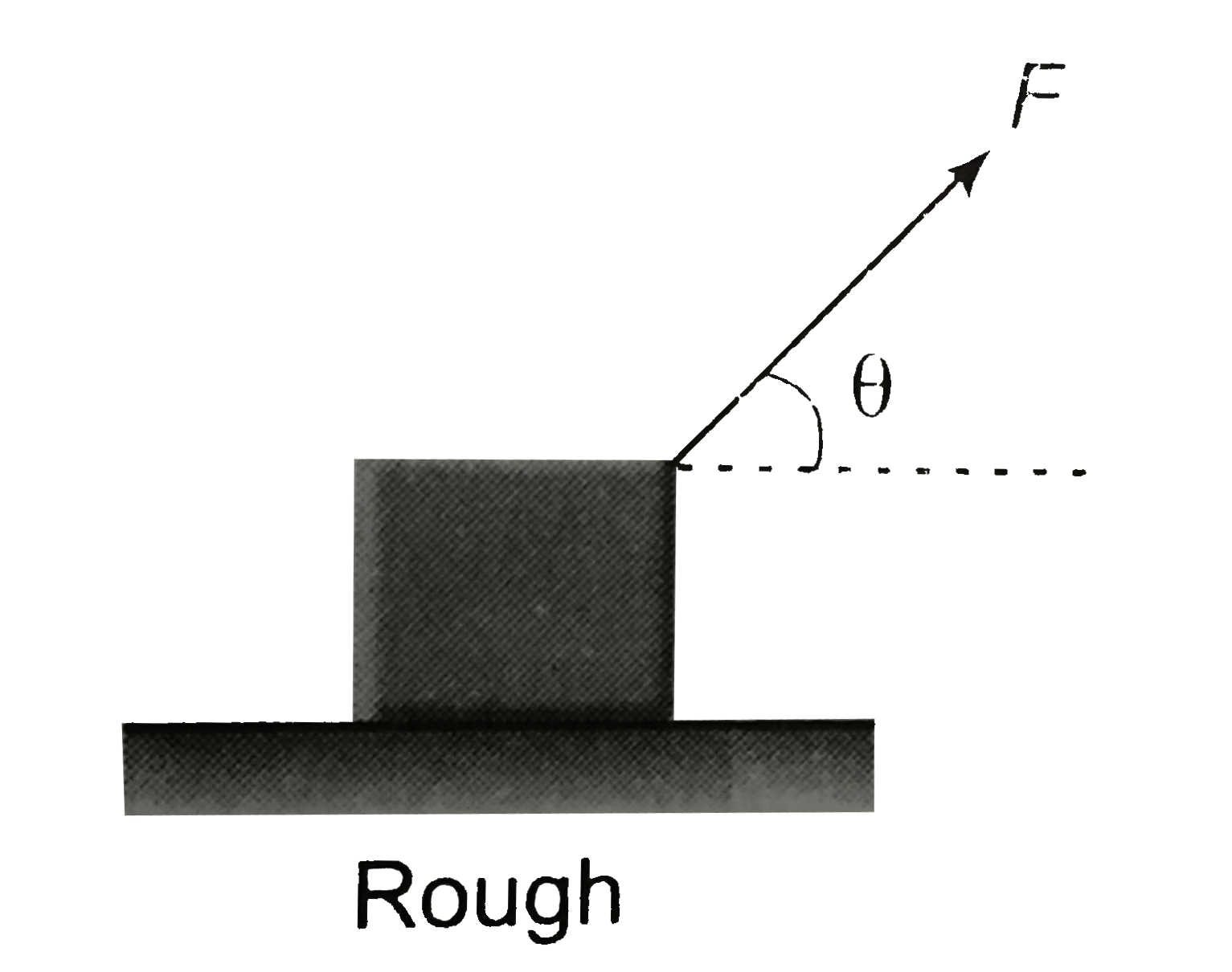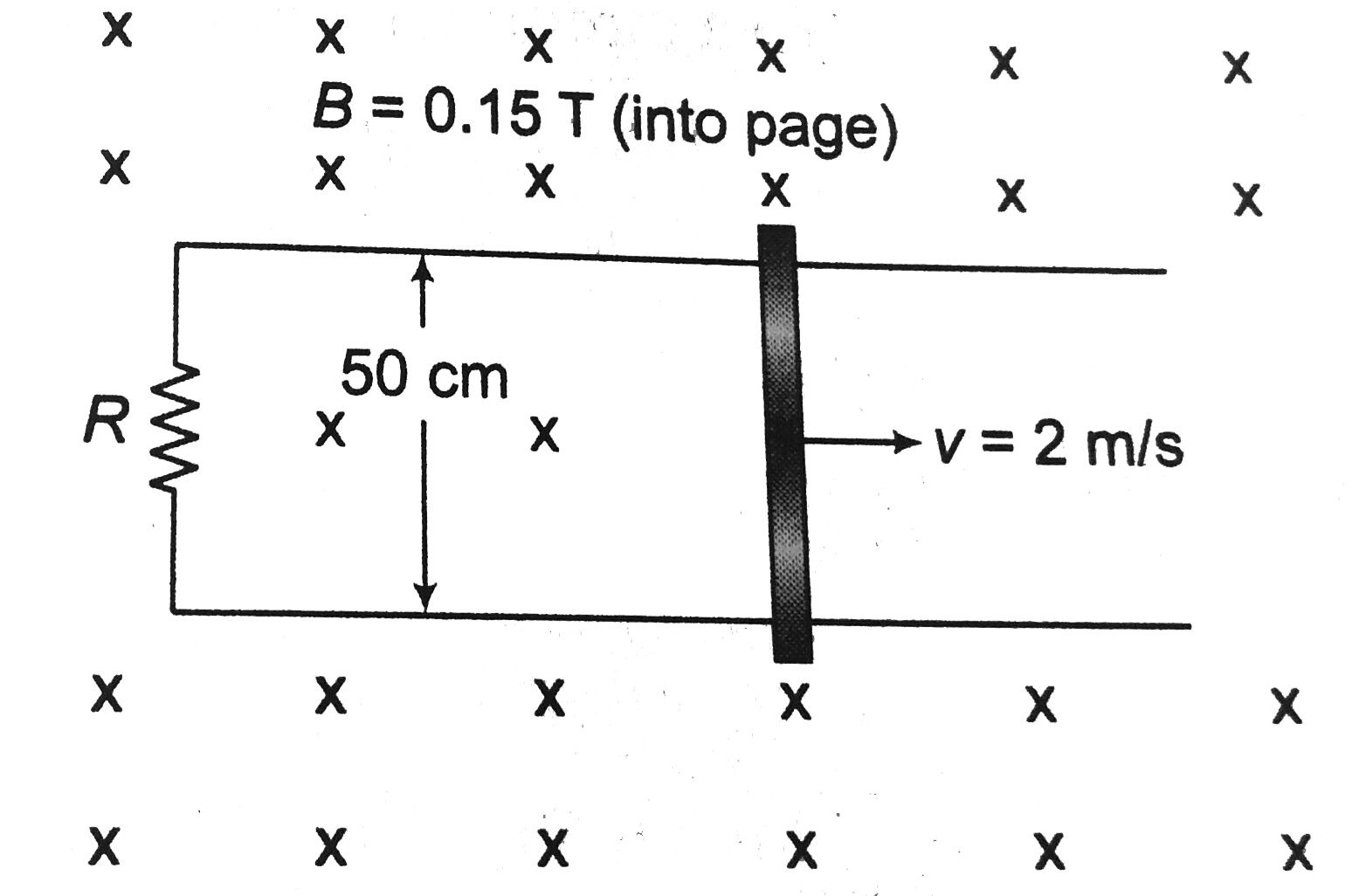A force is needed to:
change the state of motion or state of rest of the body
keep the body in motion
keep the body stationary
keep the velocity of body constant.
The correct Answer is:A
To solve the question "A force is needed to:", we need to analyze the options provided and apply our understanding of Newton's laws of motion, particularly the concept of inertia.
1. Understanding the Concept of Force:
- A force is an interaction that, when unopposed, will change the motion of an object. According to Newton's first law of motion, an object at rest stays at rest, and an object in motion stays in motion unless acted upon by a net external force.
2. Analyzing the Options:
- Option A: Change the state of motion or state of rest of the body.
- Option B: Keep the body in motion.
- Option C: Keep the body stationary.
- Option D: Keep the velocity of the body constant.
3. Evaluating Each Option:
- Option A: This option is correct because a force is indeed required to change the state of motion (from rest to motion) or to change the motion of a moving object (like speeding up, slowing down, or changing direction).
- Option B: This option is incorrect. If a body is already in motion, it will continue to be in motion unless a force acts on it to change that state.
- Option C: This option is also incorrect. A body at rest will remain at rest unless a force acts on it.
- Option D: This option is incorrect as well. A constant velocity means that there is no net force acting on the body (Newton's first law).
4. Conclusion:
- Based on the analysis, the only option that correctly describes the necessity of a force is Option A: "Change the state of motion or state of rest of the body."
Final Answer:
The correct answer is Option A: Change the state of motion or state of rest of the body.
---
- A force is an interaction that, when unopposed, will change the motion of an object. According to Newton's first law of motion, an object at rest stays at rest, and an object in motion stays in motion unless acted upon by a net external force.
- Option A: Change the state of motion or state of rest of the body.
- Option B: Keep the body in motion.
- Option C: Keep the body stationary.
- Option D: Keep the velocity of the body constant.
- Option A: This option is correct because a force is indeed required to change the state of motion (from rest to motion) or to change the motion of a moving object (like speeding up, slowing down, or changing direction).
- Option B: This option is incorrect. If a body is already in motion, it will continue to be in motion unless a force acts on it to change that state.
- Option C: This option is also incorrect. A body at rest will remain at rest unless a force acts on it.
- Option D: This option is incorrect as well. A constant velocity means that there is no net force acting on the body (Newton's first law).
- Based on the analysis, the only option that correctly describes the necessity of a force is Option A: "Change the state of motion or state of rest of the body."
The correct answer is Option A: Change the state of motion or state of rest of the body.
Topper's Solved these Questions
- LAWS OF MOTIONBOOK - ICSECHAPTER - LAWS OF MOTIONEXERCISE - EXERCISE - 3(C)
25 Videos
- LAWS OF MOTIONBOOK - ICSECHAPTER - LAWS OF MOTIONEXERCISE - EXERCISE - 3(C) Multiple Choice type
4 Videos
- LAWS OF MOTIONBOOK - ICSECHAPTER - LAWS OF MOTIONEXERCISE - EXERCISE - 3(B)
26 Videos
- ICSE ANNUAL EXAMINATION -2020BOOK - ICSECHAPTER - ICSE ANNUAL EXAMINATION -2020EXERCISE - SECTION-II
45 Videos
- LIGHTBOOK - ICSECHAPTER - LIGHTEXERCISE - TOPIC 2 Spherical Mirrors (4 Marks Questions )
9 Videos
Similar Questions
A force F is needed to break a copper wire having radius R. The force needed to break a copper wire of same length and radius 2R will be
View SolutionMinimum force is needed to move a block on rought surface, if θ= angle of friction.
Angle of friction and angle of repose are numerically same.

View SolutionA block placed on a horizontal surface is being pushed by a force F making an angle θ with the vertical. If the friction coefficient is μ. How much force is needed to get the block just started. Discuss the situation when tanθ<μ.
View SolutionTwo wires are made of the same material and have the same volume. However wire 1 has cross-sectional area A and wire 2 has cross-sectional area 3A. If the length of wire 1 increases by Δx on applying force F, how much force is needed to stretch wire 2 by the same amount?
View SolutionTwo wires are made of the same material and have the same volume. However wire 1 has cross-sectional area A and wire 2 has cross-sectional area 3A. If the length of wire 1 increases by Δx on applying force F, how much force is needed to stretch wire 2 by the same amount?
View SolutionTwo wires are made of the same material and have the same volume. However wire 1 has cross-sectional area A and wire 2 has cross-sectional area 3A. If the length of wire 1 increases by Δx on applying force F, how much force is needed to stretch wire 2 by the same amount?
View SolutionStatement I: The driver of a moving car sees a wall in front of him. To avoid collision, he should apply brakes rather than taking a turn away from the wall.
Statement II: Frictional force is needed to stop the car or taking a turn on a horizontal road.
View SolutionAs shown in figure, a metal rod completes the circuit. The circuit area is perpendicular to a magnetic field with B=0.15T. If the resistance of the total circuit is 3Ω, how large a force is needed to move the rod as indicated with a constant speed of 2 m/s?

View SolutionA capillary tube with very thin walls is attached to the beam of a balance which is then equalized. The lower end of the capillry is brought in contact with the surface of water after which an additional load of P=0.135gm force is needed to regain equilibrium. If the radius of the capillary is λ10cm then find λ The surface tension of water is 70dyne/cm. (g=9.8m/s2)
View SolutionConsider a situation similar ot that of the previous problem except that the ends of the rod slide on a pair of thick metallic rails laid parallel to the wire. At one end the rails are connected by resistor of resistance R. (a) what force is needed ot keep the rod sliding at a constant speed v? (b) in this situation what is the current in the resistance R? (c) Find the rate of heat developed in the resistor. (d) find the power delivered by the external agent exerting the force on the rod.
View Solution
